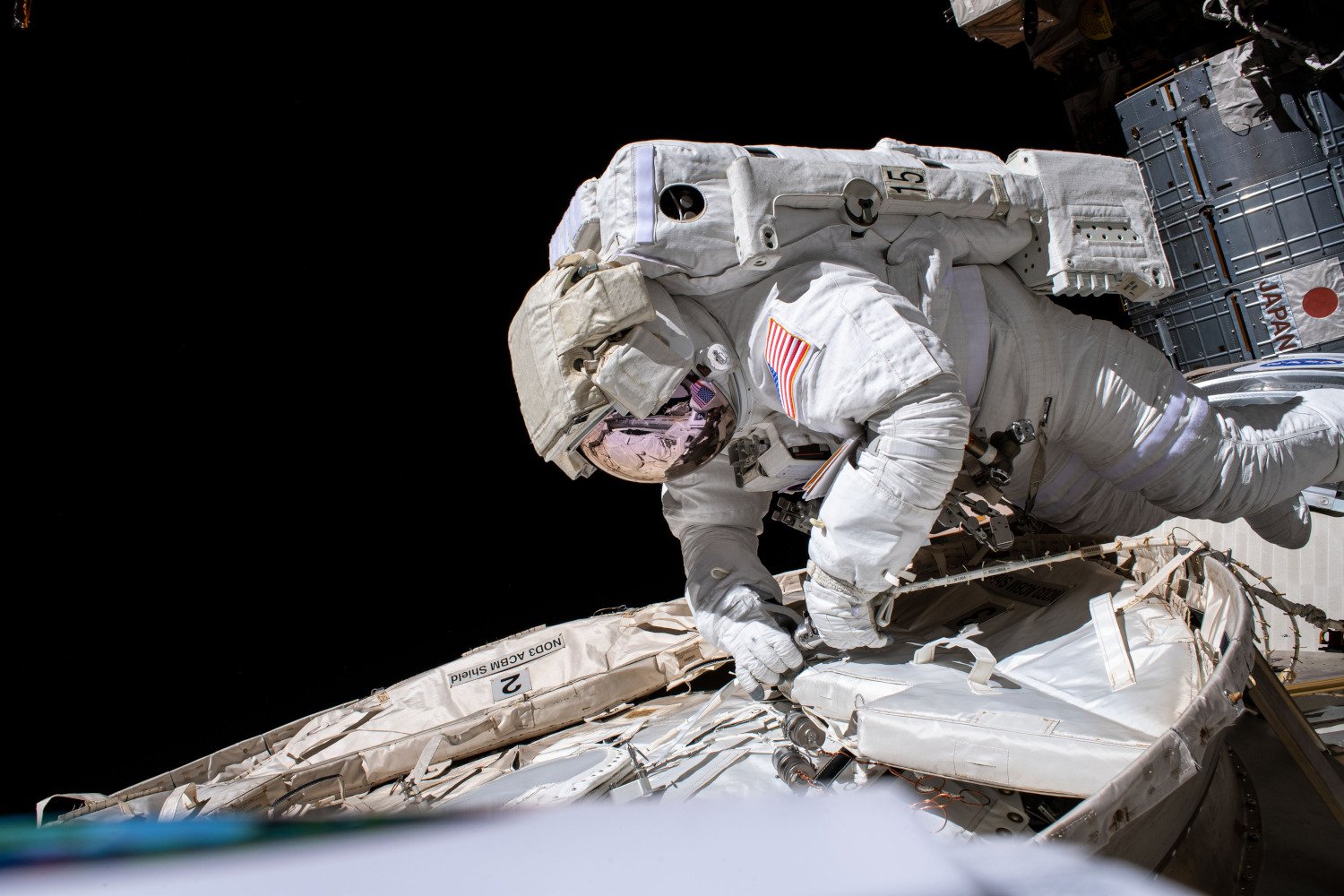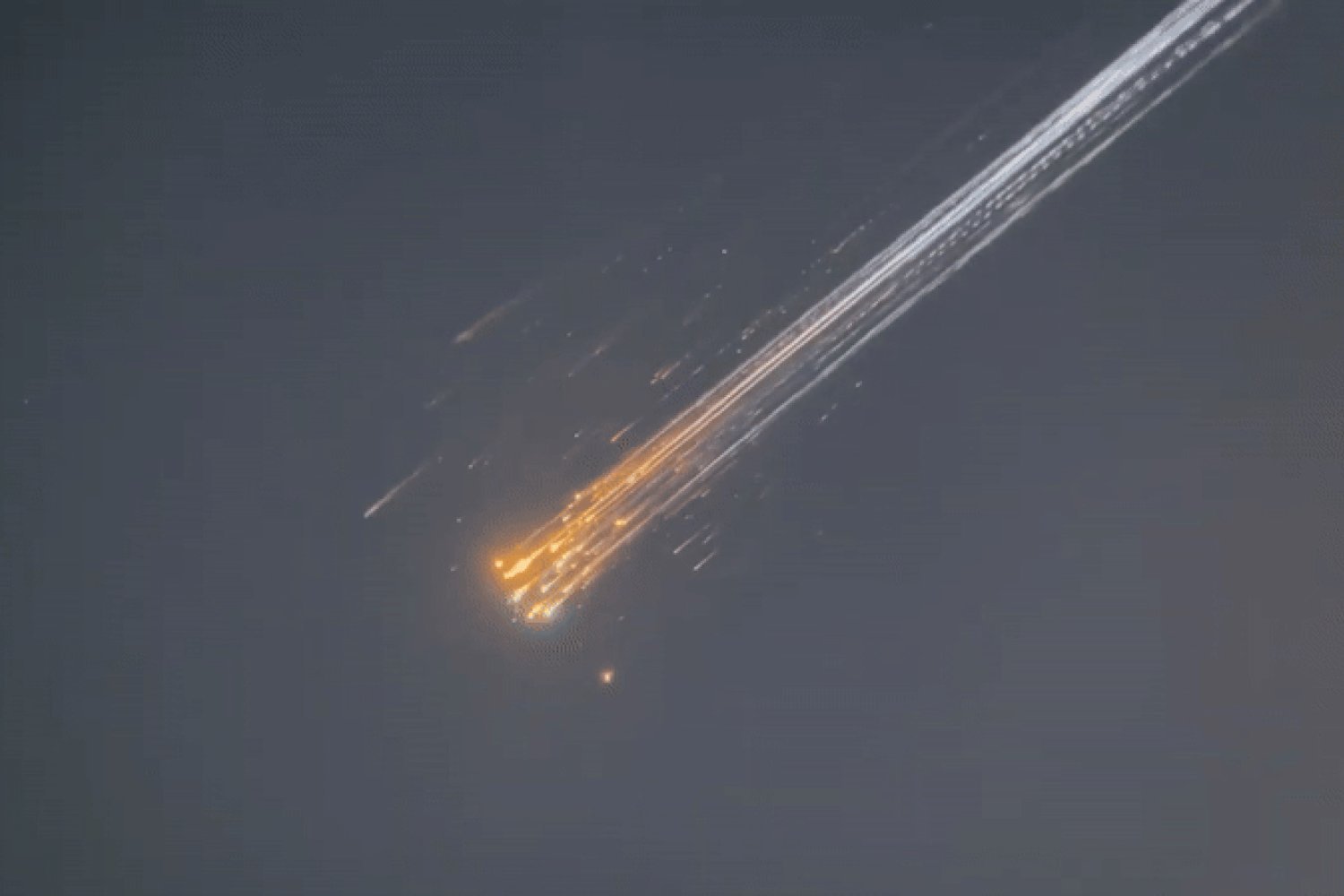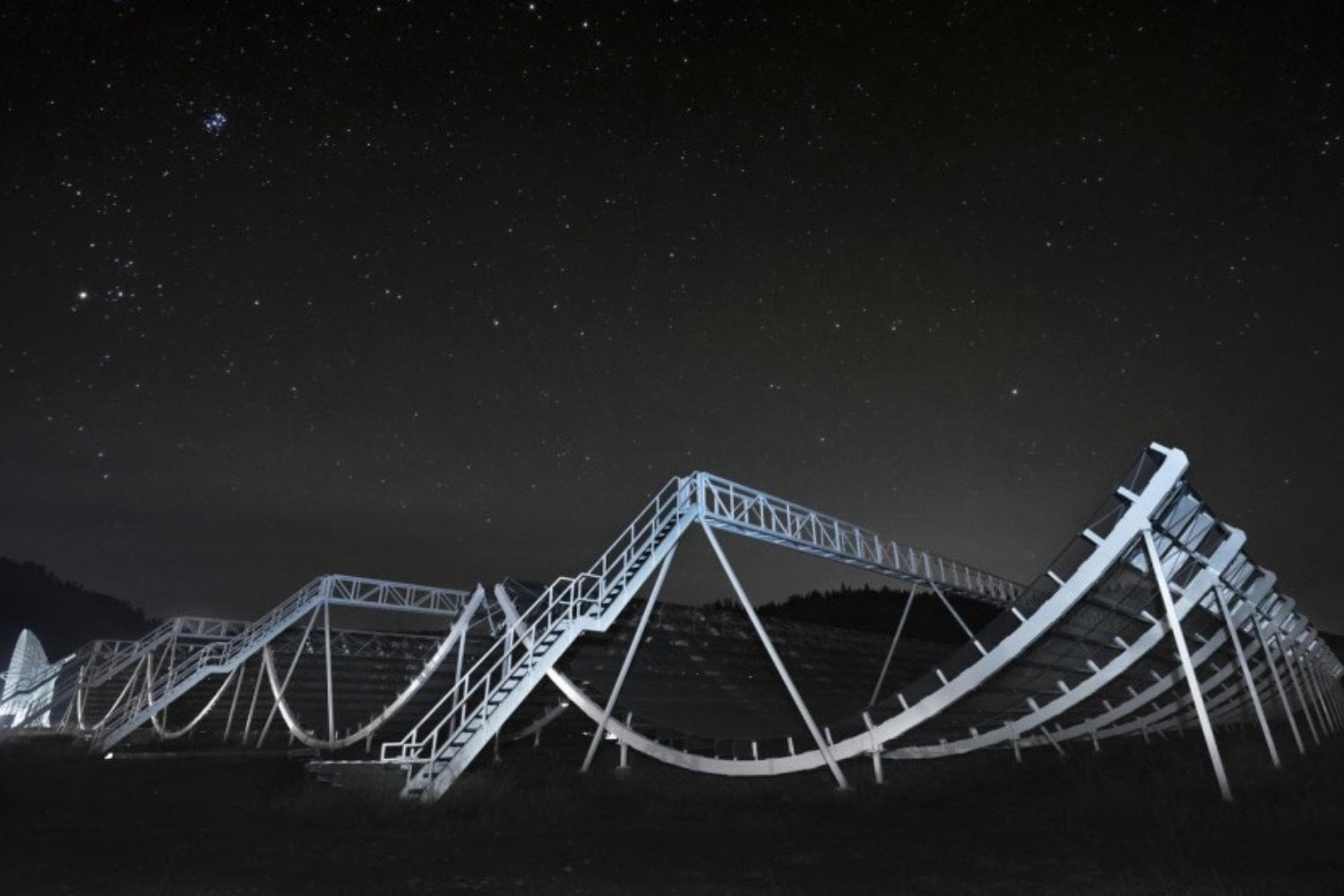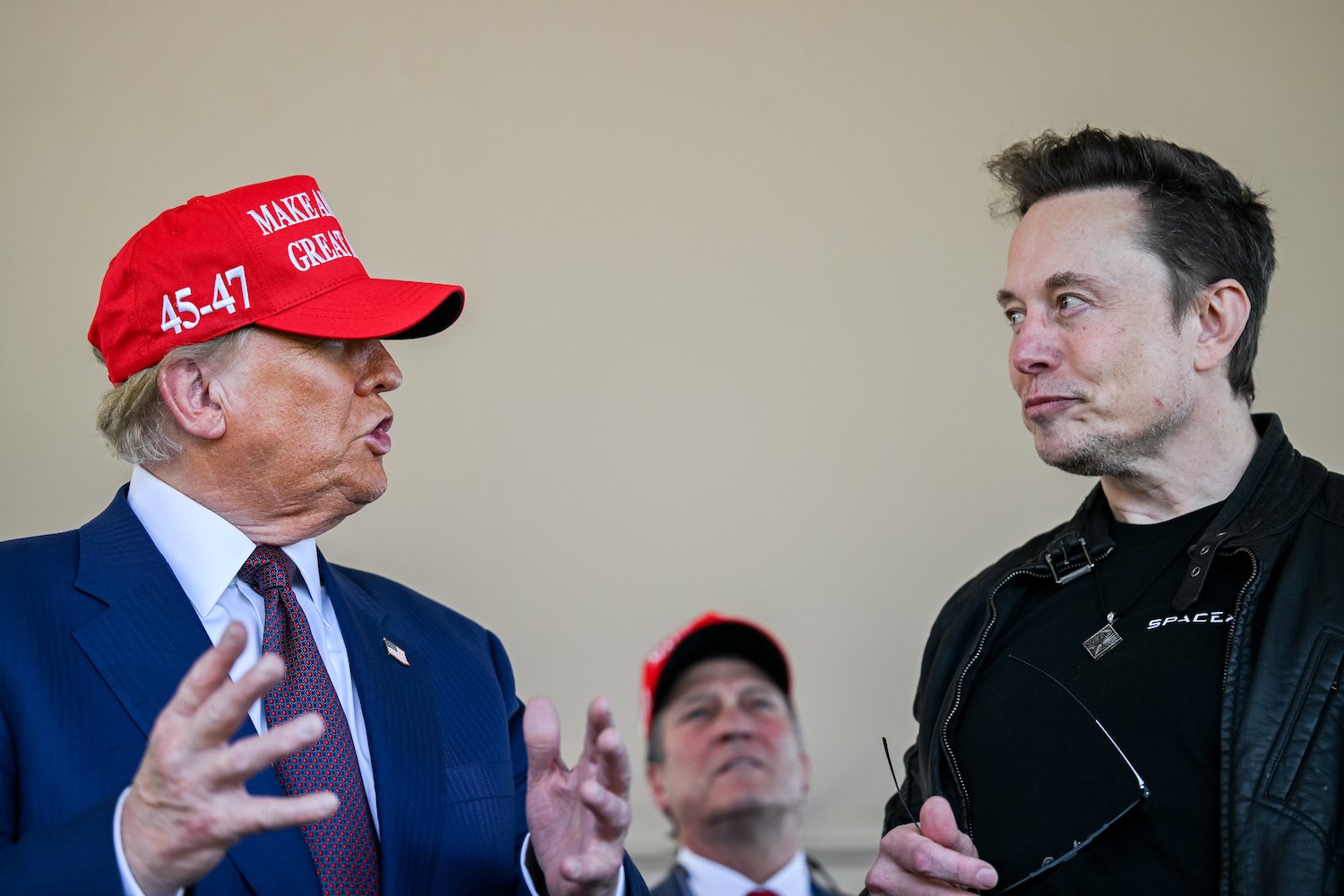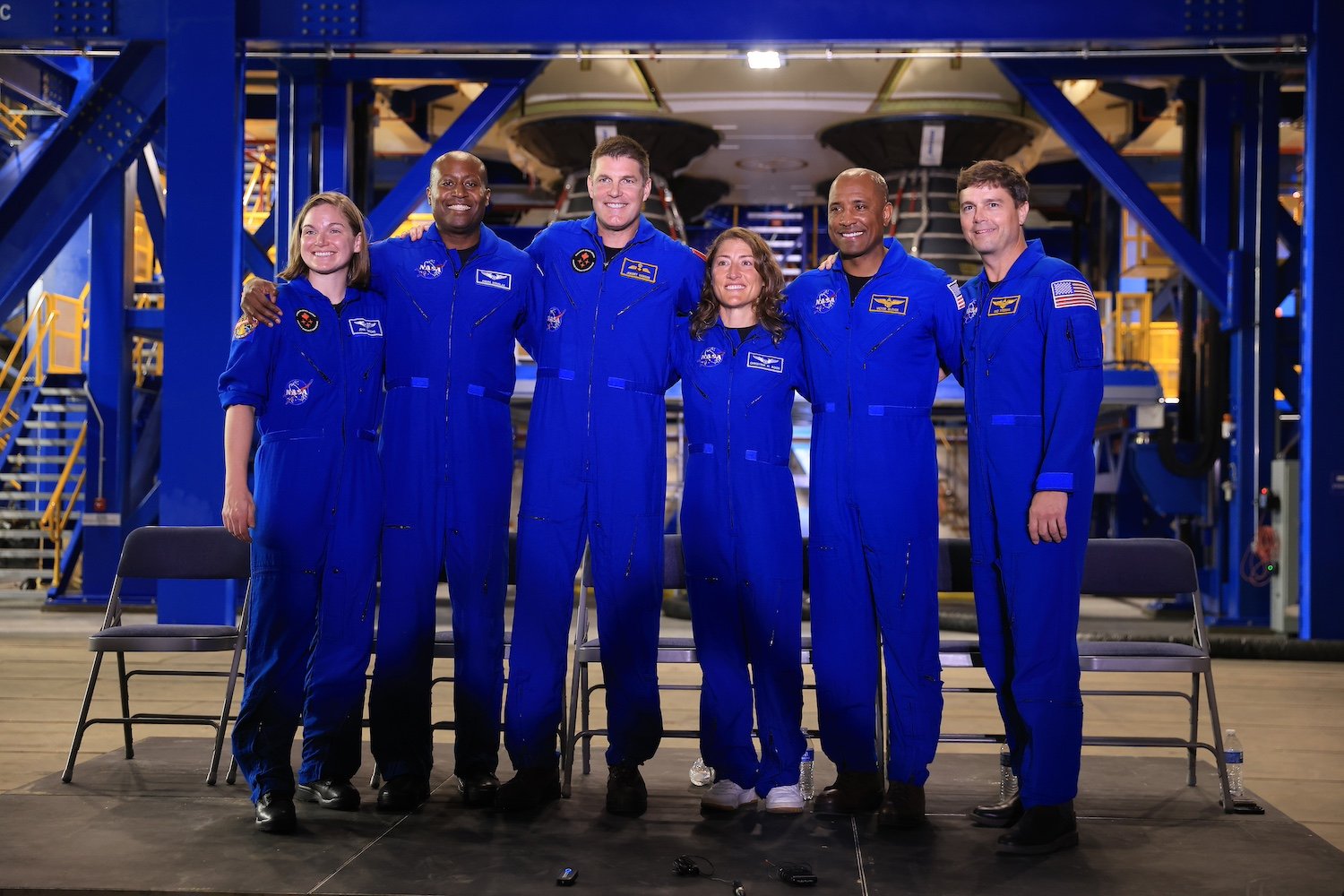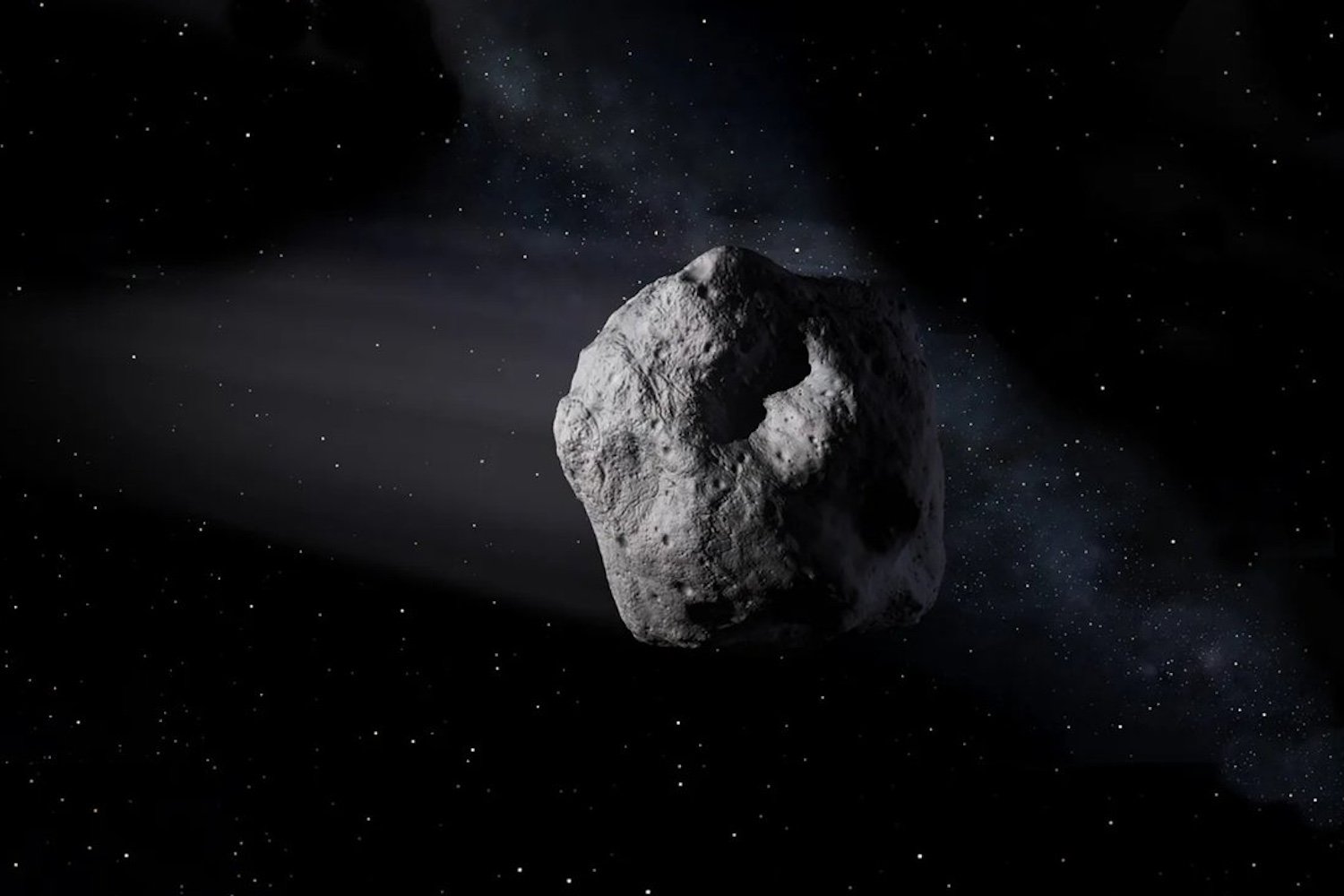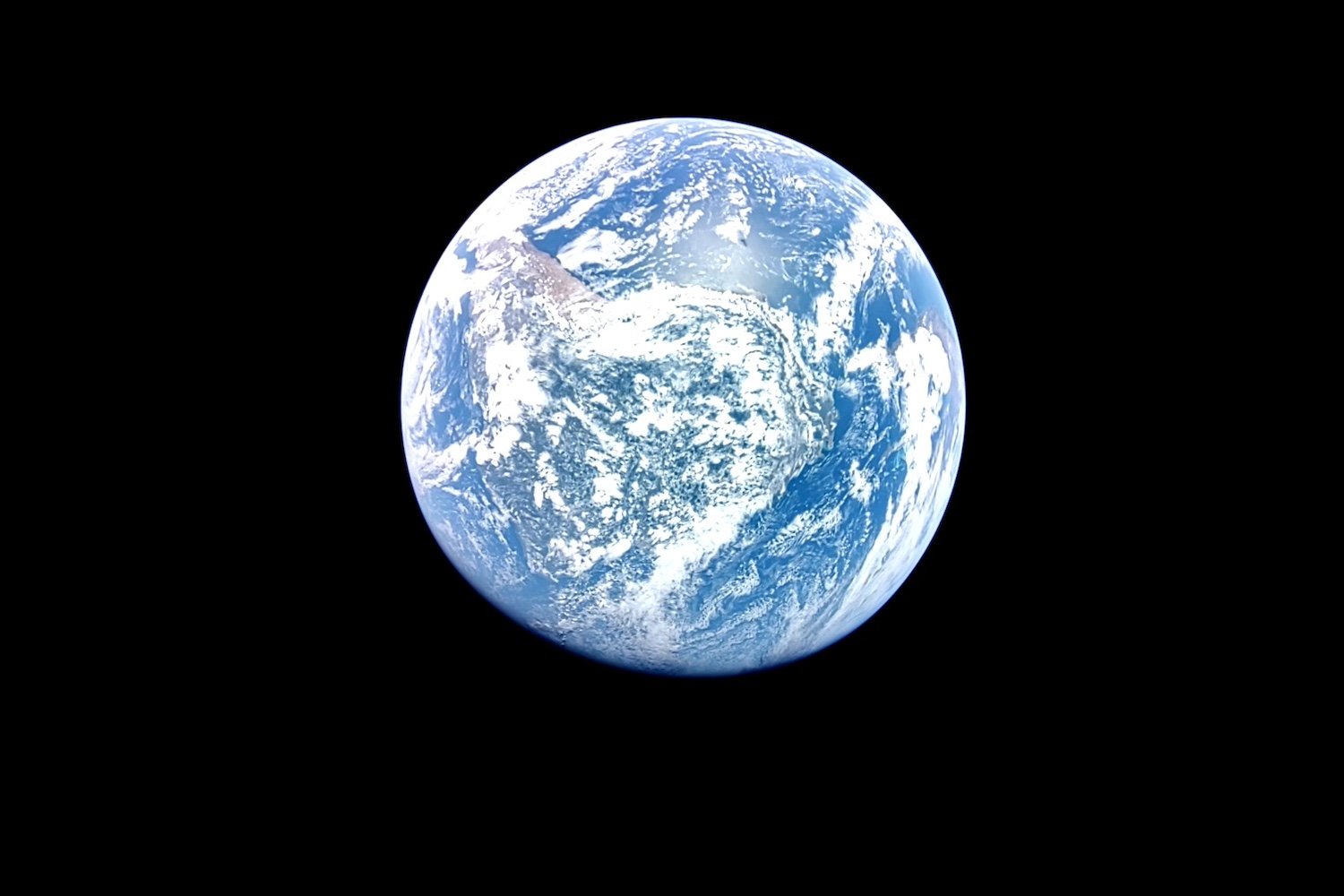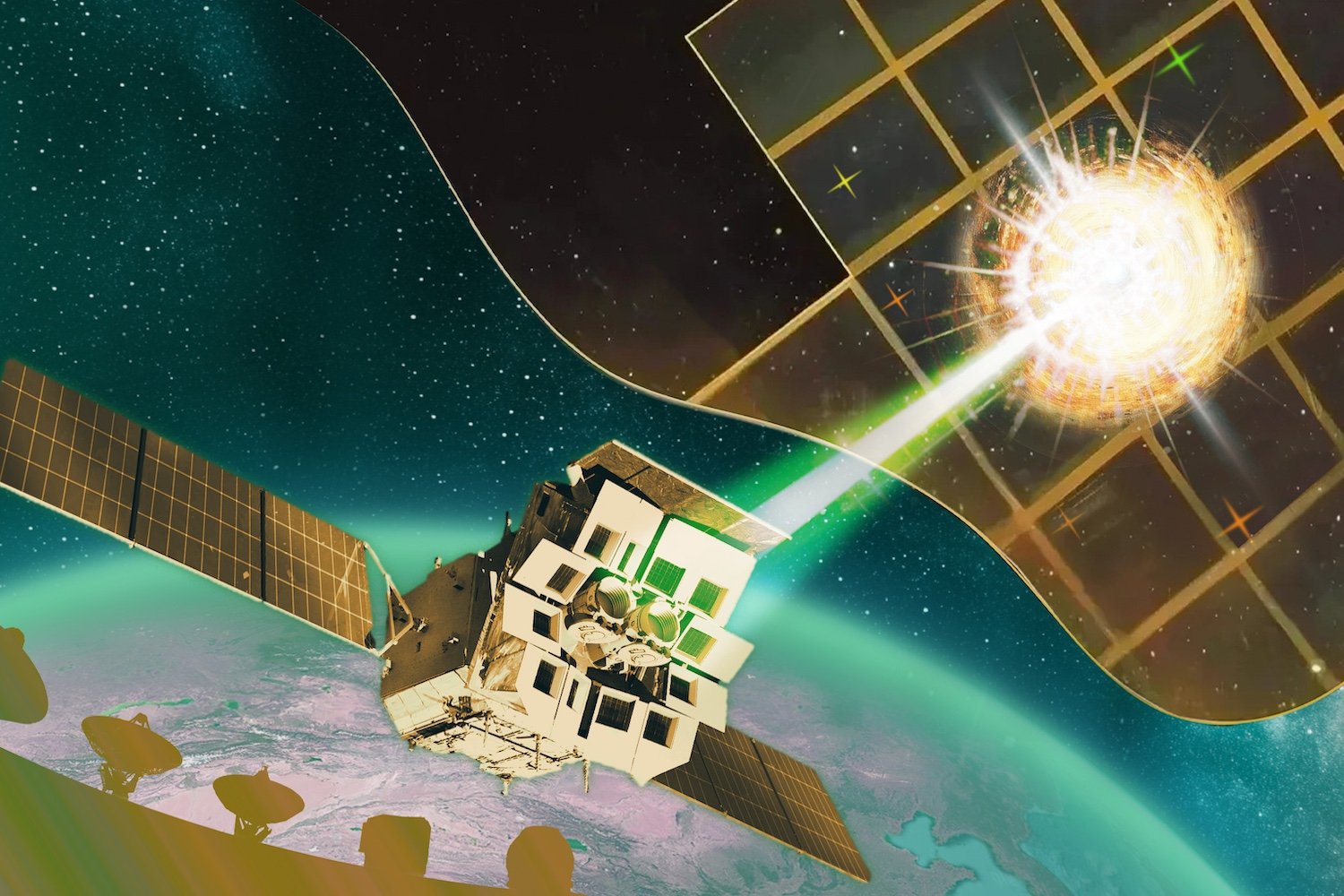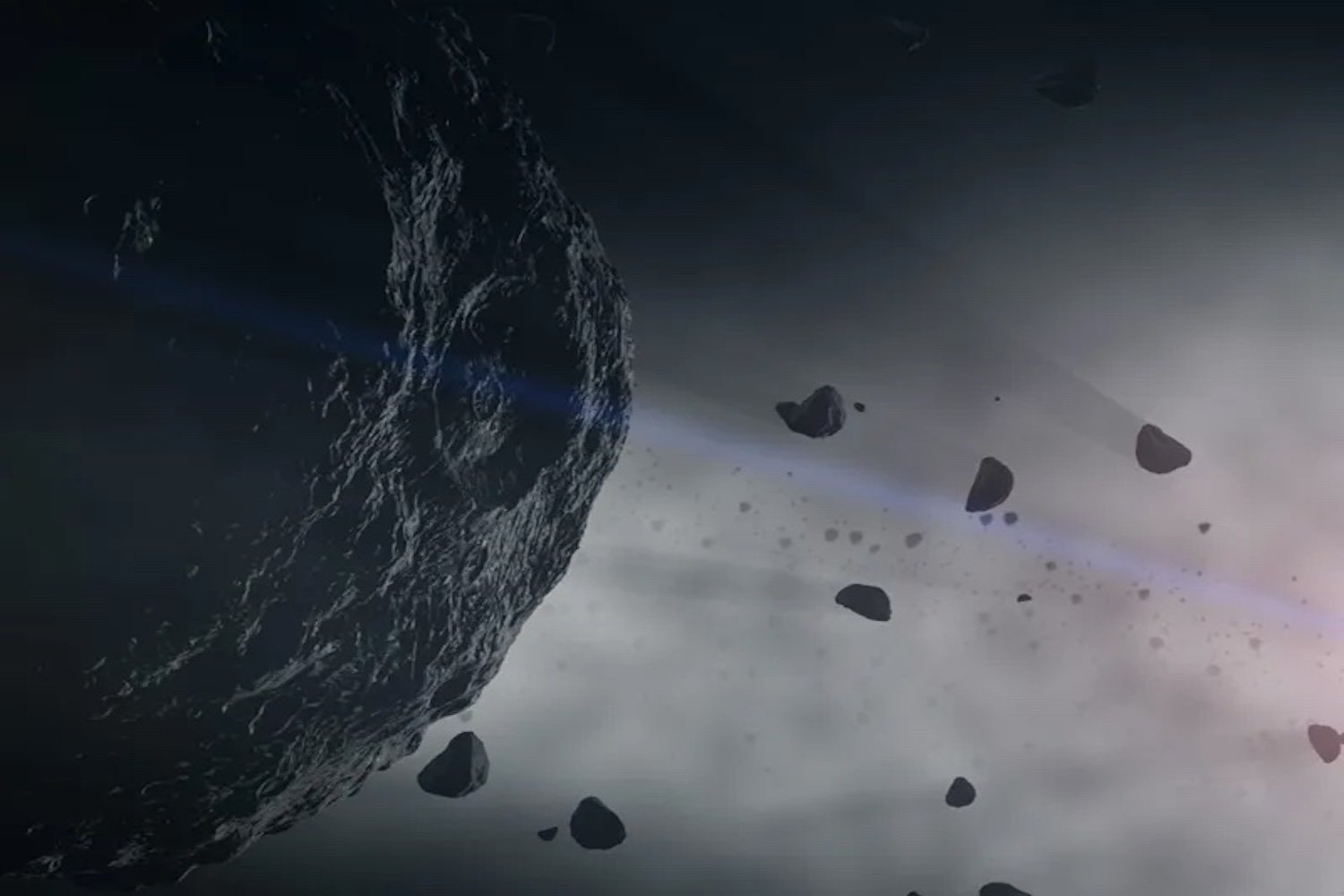Astronauts aboard the International Space Station (ISS) will venture outside the station to collect microbiological samples from its exterior. This unique experiment aims to understand how microorganisms behave, survive, and potentially thrive in the harsh environment of space. The samples will be collected near life support system vents and analyzed back on Earth. This research could provide valuable insights into whether the ISS itself is releasing microorganisms into the vastness of space.
The ISS External Microorganisms Experiment
This exciting endeavor is part of the ISS External Microorganisms experiment, a NASA project focused on studying the microscopic life clinging to the outside of the station. While spacecraft and spacesuits undergo rigorous sterilization before launch, humans are inherently teeming with a complex microbiome – a collection of essential microbes crucial for our health. Consequently, when astronauts journey into space, they bring trillions of these microscopic passengers with them.
The Unique Microbiome of Space
“We can’t sterilize everything we send into space, and we wouldn’t want to,” explains NASA microbiologist Sarah Wallace. “At launch, the cargo, food, vehicles, and crew members each have their own microbiome. When everything gets to the station, these microbiomes become part of the space station microbiome.” This space station microbiome is unique, existing in an environment unlike any found on Earth. Microbes face extreme conditions, including intense radiation and microgravity, yet some not only survive but adapt and even reproduce. The pressures of this unique environment can even trigger microbial mutations not seen on Earth, opening up a whole new area of research.
Extremophiles and the Implications for Earth and Beyond
Scientists are keenly interested in these extremophiles – organisms that thrive in extreme conditions. Their resilience could have significant implications for various industries on Earth and provide crucial clues about how life might survive in other extraterrestrial environments like the Moon or Mars. This is why astronauts regularly swab the interior of the ISS to monitor its unique microbiome. The upcoming external sample collection is a natural extension of this research, investigating the possibility that the station’s ventilation system is expelling microbes into space.
Panspermia and the Origins of Life
This research also touches upon the fascinating concept of Panspermia, a hypothesis suggesting that life might have originated elsewhere in the galaxy and then traveled to Earth. For this theory to hold water, microbial ancestors would have had to survive the harsh conditions of space, similar to the environment outside the ISS. While Panspermia remains a hypothesis, previous experiments have shown that some Earthly extremophiles, like algae and tardigrades, can surprisingly withstand the vacuum of space.
Contamination and the Search for Extraterrestrial Life
The upcoming sample collection builds on previous experiments exploring how microorganisms behave in space. It also addresses the potential for human contamination of space. As we continue our search for life beyond Earth, it’s crucial to distinguish between truly alien life and microbial hitchhikers from Earth. Imagine discovering microbes on Mars and then wondering if they are truly Martian or simply stowaways from our own planet. This research helps refine our understanding and approach to the search for extraterrestrial life.
Conclusion
The ISS external microorganism collection is a significant step forward in understanding life beyond Earth. It combines the study of extremophiles, the possibility of Panspermia, and the consideration of human contamination in space exploration. The results of this experiment will undoubtedly contribute valuable insights into the resilience of life and inform our ongoing quest for life beyond our planet.



